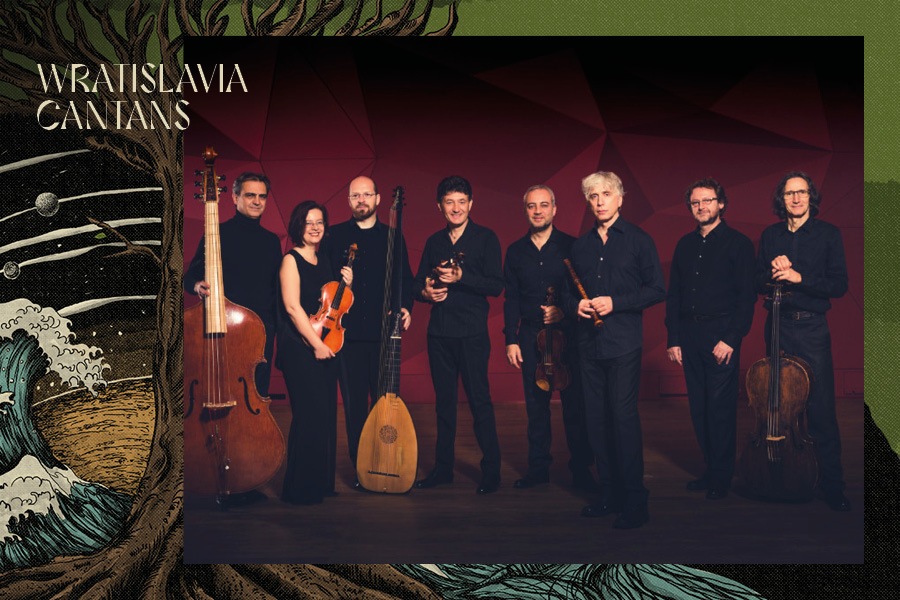The death of a child and the resulting despair of a parent is a timeless and universal theme. With the war in Ukraine just across our eastern border, it is poignantly close to us. All the works featured in the programme refer to the Virgin Mary under the cross and are a call for peace. Giovanni Antonini will conduct works from the Middle Ages to the present day.
The first piece is the Alleluia Nativitas. Its author is remembered as Magister Perotinus. He was active in Paris at the turn of the 12th and 13th centuries, he wrote music for the Notre-Dame cathedral. The Alleluia Nativitas is a three-part work in which high voices weave an ornamental melody over long-held, static accompaniment of low voices. We will also listen to compositions by Guillaume de Machaut, an artist who lived and worked in the 14th century. His three-part motet Inviolata genitrix represents a more advanced polyphonic style than Perotin’s work. The lowest and most static voice, the tenor (from “tenere” – to hold), sings a melody drawn from chant, while the two higher voices are much more mobile, also written to a different text. The Hoquetus David is a short and witty instrumental composition in which the composer used the hocket technique, with the voices exchanging ingle sounds. When one of them is playing, the other is silent, and vice versa. There is nothing strange about it, after all, the word hoquetus means hiccup in Latin!
Between these two medieval works, the Da pacem Domine from 2004 will resound, a work by the contemporary Estonian composer Arvo Pärt, inspired by the music of the Middle Ages. It is a calm yet very moving plea for peace. Another figure whose work will be presented during the concert is Tarquinio Merula, an Italian composer and organist of the early Baroque period. He was a representative of the musical avant-garde of those times, and his bold music has not lost anything of its expressive power. In his emotional Hor ch'è tempo di dormire, tenderness is mixed with anxiety. The subject is the Mother of God, who puts little Jesus to sleep. Watching the child fall asleep, she knows that one day he will be crucified. It is a touching song about death, hope and love. Il terremoto (The Earthquake) by Joseph Haydn is the most dramatic link in the meditation series Seven Words of Christ on the Cross. The composer tells the performers to play “fast and with the greatest power”. The elegiac Sonata in E flat major RV 130 “Al Santo Sepolcro” by Antonio Vivaldi will be a contrast to this musical explosion.
The programme will be completed by Giovanni Battista Pergolesi’s dramatic and expressive Stabat Mater, a work for soprano, alto, string ensemble and basso continuo, composed of twelve short movements, contrasting in terms of tempo and expression. The composer completed them in 1736, just a few weeks before his death. Perhaps that is why the theme of the encounter with death taken up in this work is so personal, sounds so authentic and so moving. Some commentators pointed to the connection of this work with the operas created by Pergolesi, arguing that the Stabat Mater is an overly effective composition for the subject taken up by the artist. It would be a mistake to deny this music charm and melodiousness, but it is even worse to say that these features of Pergolesi’s style deprive the work of seriousness and depth of expression.


